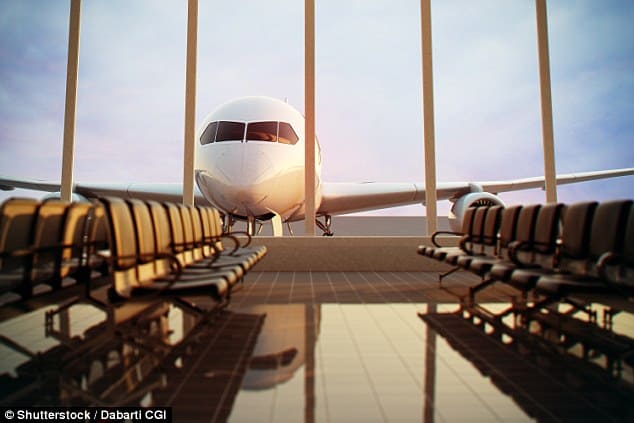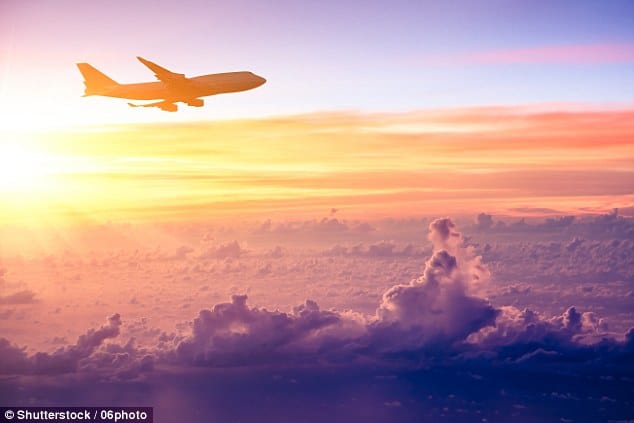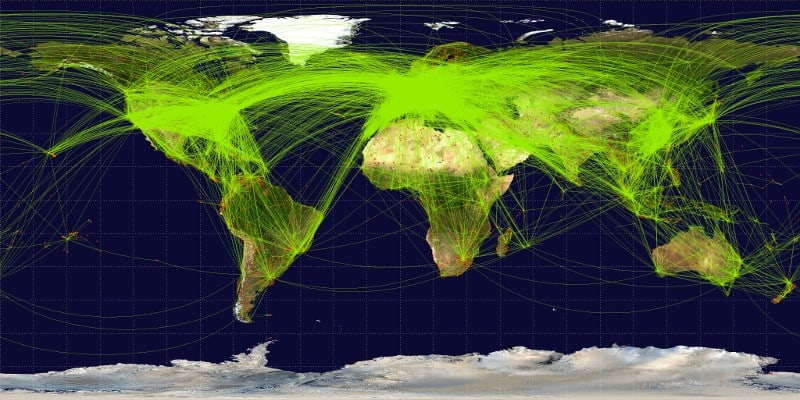Despite the advance in technology, did you know that the duration of your flights have been getting longer and longer since the 1970s?
For example, a non-stop flight from New York to Houston, Texas, takes around 3 hours and 50 minutes. But the same flight, taken in 1973, would have taken two hours and 37 minutes.

And it’s not just happening in the US. In the UK, a flight from London to Edinburgh takes around 10 minutes longer now than it did in the 1990s. And a flight from Madrid, Spain, to Barcelona is now 20 minutes longer.
So what’s going on? Well, it’s all to do with economy. Due to the rising cost of fuel, airlines are instructing their pilots to slow down and save money.
Between 2002 and 2012, the price of fuel rose from $0.70 per gallon to over $3. Northwest Airlines said in 2008 that they’d saved 162 gallons of fuel on a Paris to Minneapolis flight when the pilot lowered his average speed from 542 mph to 532 mph.

Longer flights can save airlines a fortune — Southwest airlines estimated it saved £21 million in a year by adding one to three minutes to each flight.
There are other factors involved as well as money, though.
“Congested airspace, especially in Europe, equals less shortcuts and bigger weather-related delays,” explains a serving airline captain.

Also, some pilots blame “schedule padding”, where airlines artificially extend arrival times to give each aircraft a better chance of arriving at the gate on time, even if there have been delays.
But pilot Patrick Smith insists that, actually, many advances in flight times have been made.
“In the 1960s, flying from London to Bangkok, you’d make four stops in a [Boeing] 707. Nowadays, almost every two major cities in the world are connectable by, at most, one stop, and most are connected non-stop.”

